Here are a few items from the Nationaal Archief of the Netherlands collections in the Flickr Commons.
Can’t get enough of zeppelins and balloons, one of the collections from this source.

Santos-Dumont vaart met een zeppelin langs de Eiffeltoren / Zeppelin passing the Eiffel Tower
SFA003000116
‘Allo Spaceboy!

“Ruimtepak” voor stratosfeerballon / Space suit for stratospheric balloon, 1935

Zeppelin bij Empire State Building in aanbouw / Zeppelin near the Empire State Building under construction. The American airship ZR 3 Los Angeles flying near the Empire State Building under construction. The Zeppelin, built as LZ 126, is accompanied by some blimps. New York, the United States of America, 29 October 1930.
Another collection deals with tobacco:

Smokkelen van sigaretten in een boek /Smuggling cigarettes in a book. Germany, 1932.

Automaat voor brandende sigaretten / Cigarette machine delivering burning cigarettes for a penny. England, 1931.
Another, called Allerzielen, Allerheiligen / All Souls’ Day, All Saints’ Day, features graves.

Graven van Vincent en Theo van Gogh. The graves of the famous Dutch painter Vincent van Gogh (1853-1890) and his brother Theo [Theodore] van Gogh (1857-1891) at the churchyard in Auvers-sur-Oise, France. Photo out of 1927.

Uit ei gebroken kuiken/Chick facing daylight for the first time, 1936.
Inventions, some stranger than others:

Houten badpakken /Wooden bathing suits, supposed to make swimming a lot easier. Haquian, Washington, USA, 1929

Eénwielige motorfiets / One wheel motor cycle. Invented by Italian M. Goventosa de Udine. Maximum speed: 150 kilometers per hour ( 93 Mph).

Gasaanvalbestendige kinderwagen / Gas war resistant pram, England, Hextable, 1938.


















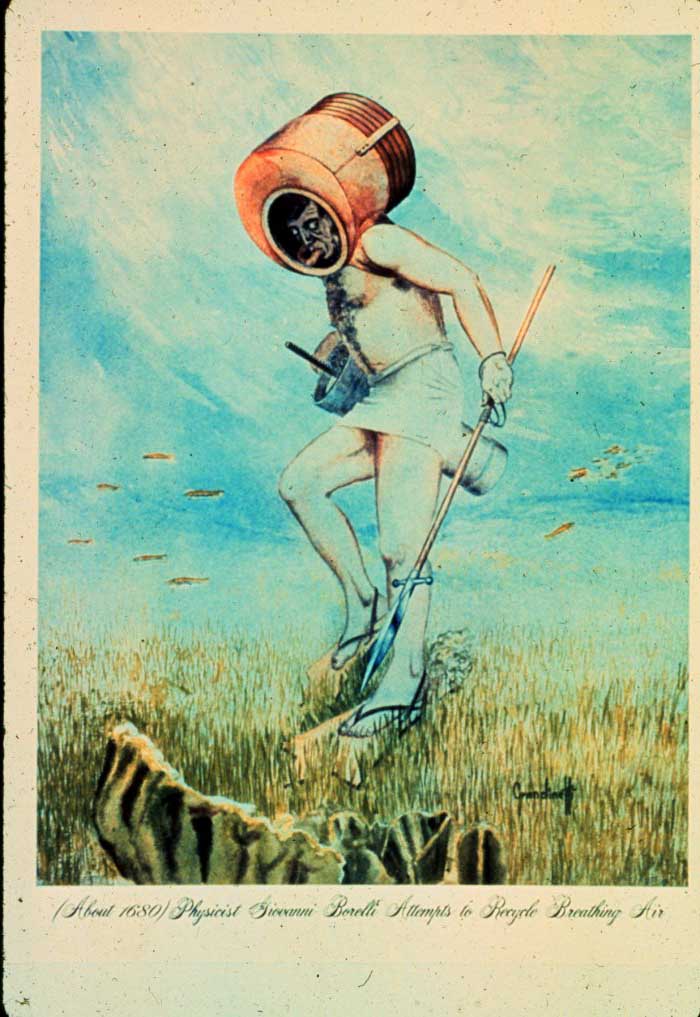
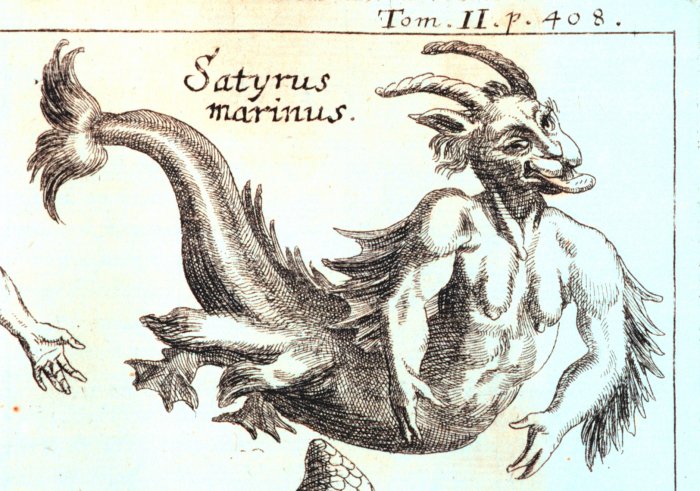
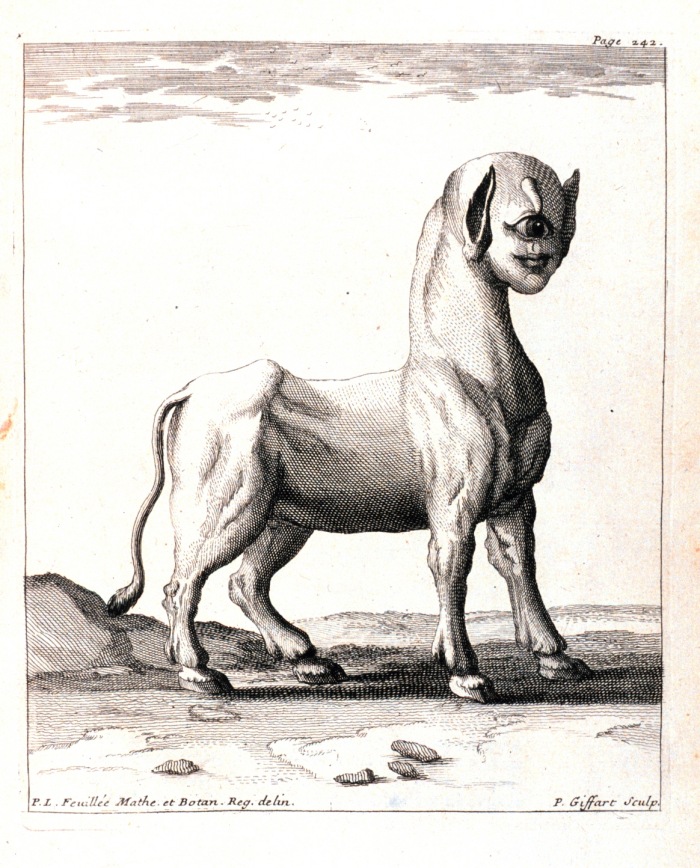

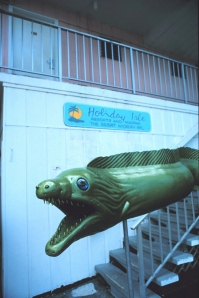
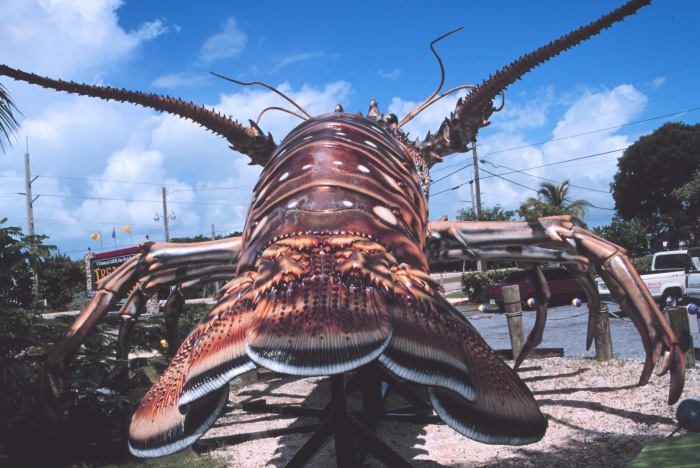




 The
The 
